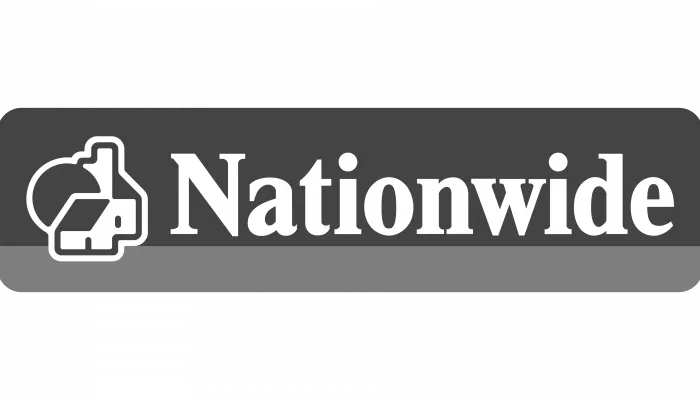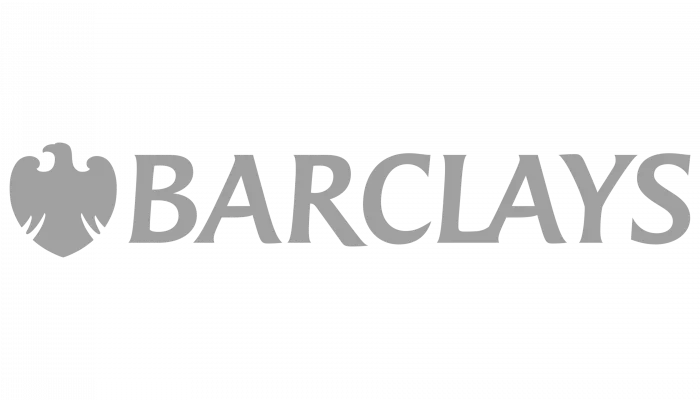In today’s lending market there are a large variety of mortgage types. For the purposes of this article, we’re looking simply at repayment and interest-only mortgages, although there are various options available to the borrower and each may be suitable to a borrower with different needs. The basic principle of mortgage rate types applies to most mortgage products.
Repayment Mortgage
The repayment mortgage can be taken over differing periods of time, usually up to about 30 years. The monthly repayments include an element of interest and capital repayment meaning that, over time, the loan capital (the amount you still owe) reduces to zero.
Because of the way compounding works, most of your mortgage repayments made over the first five or ten years of your mortgage will comprise primarily interest, meaning that your outstanding loan amount will remain stubbornly high. However, as you progress through the loan the capital repayment element of your monthly repayment will increase and reduce the loan outstanding. In the last 5 or 10 years of your loan the majority of your monthly repayment will be made up of loan capital being repaid.
As long as the interest rate remains constant, the monthly sum payable on the standard repayment mortgage will usually remain constant. If rates increase or decrease then the repayment sum might vary also, dependent on the type of repayment mortgage you have (see 1 - 4 below).
Interest Only Mortgage
The interest-only mortgage differs from the repayment mortgage in one specific detail; namely the loan capital remains constant throughout the term of the loan, with your monthly repayments being made up entirely of interest paid on the debt. The loan capital needs to be repaid at the end of the loan period, meaning that you must either save money elsewhere to repay the loan or alternatively, sell your home at the end of the mortgage term.
The benefits of a repayment mortgage are, therefore, obvious. Your home is your own at the end of your mortgage period and you owe nothing. The downside to a repayment mortgage is that your monthly mortgage repayments will necessarily be higher so as to allow for the mortgage capital to be repaid.
Either mortgage type might have varying terms, especially with regard to how the mortgage interest is calculated. In brief, we address a few here;
1. The Variable Rate Mortgage - This type of mortgage has its interest rate set by reference to either the lender’s variable rate (published by the lender on a regular basis) or by reference to a third party index such as the Bank of England’s Base Rate (reviewed monthly) or LIBOR which is the interbank lending rate (the rate at which banks lend to each other). In the case of the last two examples, it’s usual for a variable mortgage to be linked to the rate + a margin. In other words, it might be Base Rate plus 1%, for example.
2. The Fixed Rate Mortgage - This type of mortgage has an interest rate that does not move (usually for a fixed period of time). It is unusual to find a mortgage with a fixed rate of interest for a long period of time and most fixed rate mortgages revert to a variable rate mortgage after an initial agreed term of between 12 months and five years.
Fixed rate mortgages have the advantage of offering the borrower a degree of certainty with regard to their mortgage repayments for the first few years. The downside is that if mortgage rates fall in the lending market as a whole, you might find yourself locked into an expensive mortgage charging you a higher rate than you could find elsewhere. At the time of writing (May 2017) the Bank of England’s Base Rate is at an historic low and so the probability variable interest rates falling further is low.
3. Capped Rate Mortgage - Capped mortgage rates seem, on first examination, to be the same as fixed rate mortgages. But they are not. The difference is that a capped mortgage rate will allow the loan’s interest rate to drop or rise but it can only rise to the level of the cap. This therefore has the benefit of allowing flexibility if rates were to fall, whilst offering the borrower some reassurance that his monthly repayments won’t rise above a predetermined figure.
As with fixed rate mortgages, capped rate mortgages generally revert to variable rate mortgages after a prescribed period of time.
4. Discounted or Low Interest Mortgages - In today’s market many lenders offer borrowers mortgages based on a ‘discounted’ starter rate of interest. The obvious advantage to this type of mortgage is that interest rates are lower at the beginning of the mortgage thus reducing your monthly repayments for a fixed period of time.
The disadvantages to these types of loan can vary but in many cases lenders tend to charge the borrower more in fees at the beginning of the loan period and/or tie the borrower into more restrictive terms later in the mortgage. Substantial penalties will usually apply if you wish to repay a discounted rate, fixed rate or capped rate mortgage before a fixed period of time has elapsed.
Hopefully this helps give you an idea of the potential complexity of the mortgage market.
Here at Mortgage Required, as an independent mortgage broker we specialise in a range of mortgages so please get in touch on 01628 507477 if you need more information.
Related articles:
Recent posts

Here are the lowest fixed mortgage rates of the week, available to first-time buyers, home movers, buy-to-let, and those remortgaging.
Call us for more information: 01628 507477 or email: team@mortgagerequired.com.
Autumn Budget 2025: A Summary
7 days ago

Chancellor, Rachel Reeves, has delivered the Autumn 2025 budget. We have summarised the government's plans for tax and spending.
Renters' Rights Act
19 days ago

The Renter’s Rights Bill became law at the end of October, which means it has been signed off by the King, and it is now the Renters’ Rights Act. Despite this becoming law, these changes are likely to start changing within the next six months, with the aim of being fully implemented throughout 2026 and into 2027.
Mortgages and budgeting to be taught in schools
26 days ago

A welcome change in school is coming as financial literacy is due to become compulsory in schools in England.
The Government has announced that as part of the new national curriculum, children in primary and secondary education will be required to learn about budgeting, compound interest, managing money, and mortgages.
The top 10 most beautiful villages in the world
24 Oct 2025

Forbes has published a global ranking of stunning locations and one popular picturesque corner of the UK has nabbed top spot.

Over three years after the Mini-Budget took place, we look at what the mortgage market looks like now, showing the difference in mortgage repayments.

The government has announced plans to make buying or selling a home cheaper and quicker with what is being called the “biggest shake-up to the homebuying system in this country’s history.”
More borrowers using equity release
1 Oct 2025

Almost one in five equity release mortgages are now taken out to provide financial support to family.



















